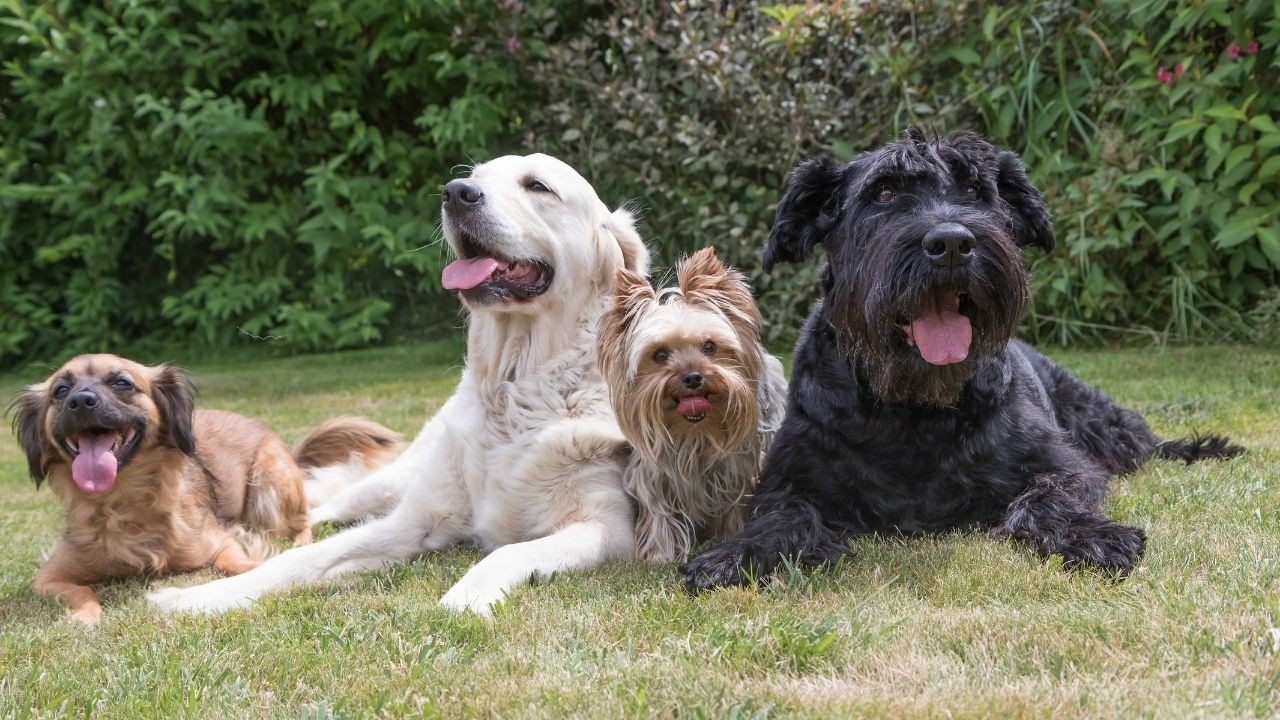Release the Hounds (The Importance of a Release When Giving Your Dog a Command)

I love showing dogs in competition, it is so much fun! Not only for me but for the dog as well. I am always asked by other handlers how I get my dogs to be so steady and still, and so eager to work for me. So now I will tell you my secret, and one of the most important parts ofj obedience training your dog, you ready??? It’s all about the release.
Whenever I meet a client who tells me their dog is generally well behaved and knows the commands SIT and DOWN, my next question always is “How do you Release them” and close to 100% of the time the answer I get, is “Well I don’t really.” Then I will ask, “so how does the dog know when it is ok to get up? “ They say well sometimes I say “OK”. Does this sound like you?
One of the reasons I feel so strongly about beginning an obedience program with the use of the clicker is because it not only teaches the dog to wait for the release, but it teaches the owner as well. The clicker not only marks, but it ENDS the behavior. We must begin and end all commands we teach our dogs, otherwise there is almost no value in the command itself.
Commands are only useful in our day to day life if we control them and can rely on the dog to hold the position. If they are taught they can just get up when they want, then I ask you, what good is the command? Reliability is the cornerstone of any good training curriculum, and there just simply cannot be reliability without a consistent release.
I always make sure my students know the clicker is not forever. After we teach the dog that the release is part of the command with the clicker, we can then start to make the transition to using a release word instead. Then, I like to teach the dog that the release is actually a reward in itself.
I love to reward my dogs for working for me! I will teach a release that lets them satisfy their prey drive (a tug or a little chase for a treat) and pair it with a specific word or phrase that is just meant for the dog. This is why the use of “OK” is not ideal, how many times a day do we say OK not meant for our dog! With repetition, we build the association of the release word with the reward, and voila, we have a dog who wants to wait for it, therefore holding the command.
Now the dog has learned to love the release as a reward and understands they cannot enjoy that reward unless they wait to be released. This is when you will see dogs eager to work and solid in their commands, waiting with laser focus on you for their “release”.
Remember we have to hold reasonable expectations here. You will not ask your dog to hold a command for an hour, we want to set them up for success. Varying the length of time between some quick releases (a few seconds) and working up to more challenging ones (several minutes) will teach your dog that the time they hold it may change, but the sequence does not: we give the command, they obey, we release, we reward.
We cannot ask our dogs to do something we have not taught them. By teaching them from the start that they need to wait for us to release them, we can then hold them accountable. By both praising and rewarding them for waiting, we ourselves will be rewarded with a dog we can rely on to hold the command, and accompany us anywhere with control.
Come When Called Checklist
This FREE checklist will explain everything you need to know about teaching your dog a reliable recall - one that should work 95% of the time if you are consistent and follow my methods.
FREE EBOOK DOWNLOAD
Learn why your dog is jumping up on people to greet them and how to fix this very common problem. It's easier than you think!
50% Complete
Get our Canine Master updates straight to your inbox.
Just pop in your details below and keep an eye out on your inbox... Remember to check your spam folder, just in case!
